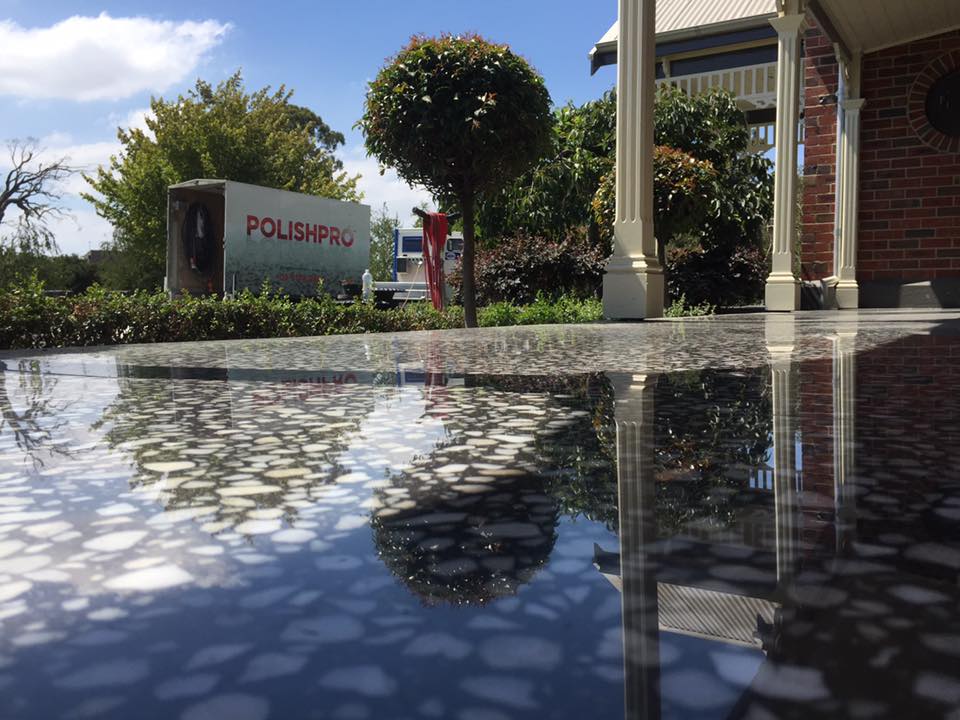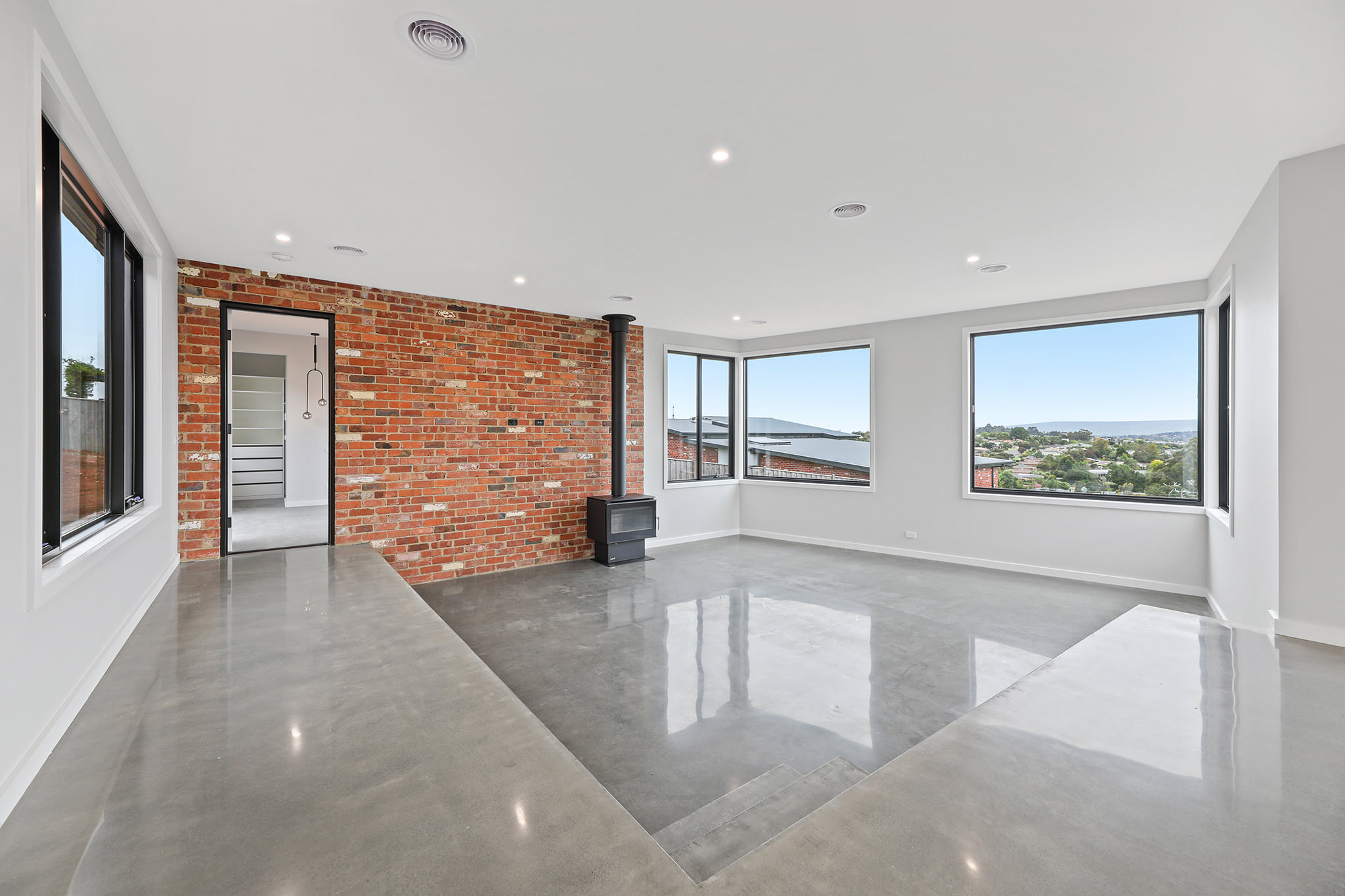
Polishing old concrete slabs is a popular way to restore and enhance the appearance of aged or worn-out concrete floors. The process involves using specialized equipment and abrasive tools to smooth and refine the surface, transforming dull, rough concrete into a sleek, glossy finish. Polishing can improve the aesthetic appeal, durability, and functionality of the concrete, making it suitable for both residential and commercial applications.
Here’s how the polishing process typically works:
- Preparation and Cleaning: The first step is cleaning the concrete surface thoroughly to remove dirt, dust, and debris. Any existing coatings, adhesives, or contaminants are also removed to ensure the concrete is exposed and ready for polishing.
- Grinding: The concrete is then ground using diamond abrasive pads attached to a concrete grinder. The grinding process removes any imperfections, stains, or rough spots, and can even expose the underlying aggregates, such as pebbles or stones, for a decorative effect. This stage is done in multiple passes, with progressively finer grits to achieve a smooth and even surface.
- Polishing: After grinding, the next step is polishing, which further refines the surface using finer diamond pads. The polishing process can range from a matte to a high-gloss finish, depending on the desired outcome. Polishing enhances the natural beauty of the concrete, showcasing the aggregates and creating a sleek, reflective surface.
- Sealing: Once polished, the concrete is often sealed to enhance its durability, improve stain resistance, and provide a long-lasting, low-maintenance surface. The sealer also helps to preserve the sheen and protect against wear, moisture, and staining.
Polishing old concrete slabs not only improves their visual appeal but also makes the surface more durable, easier to maintain, and resistant to damage. It is a cost-effective alternative to replacing old concrete floors while offering a modern, contemporary look that can complement a variety of interior styles.
